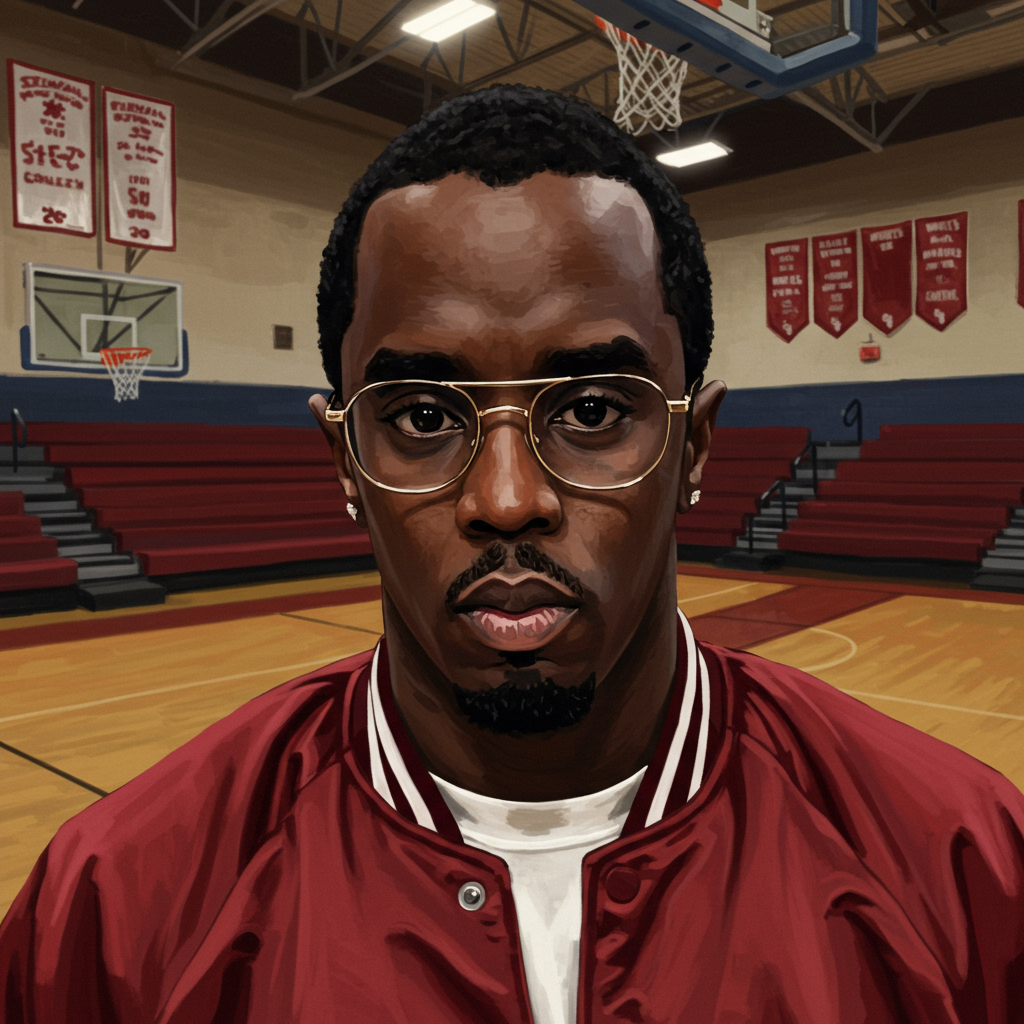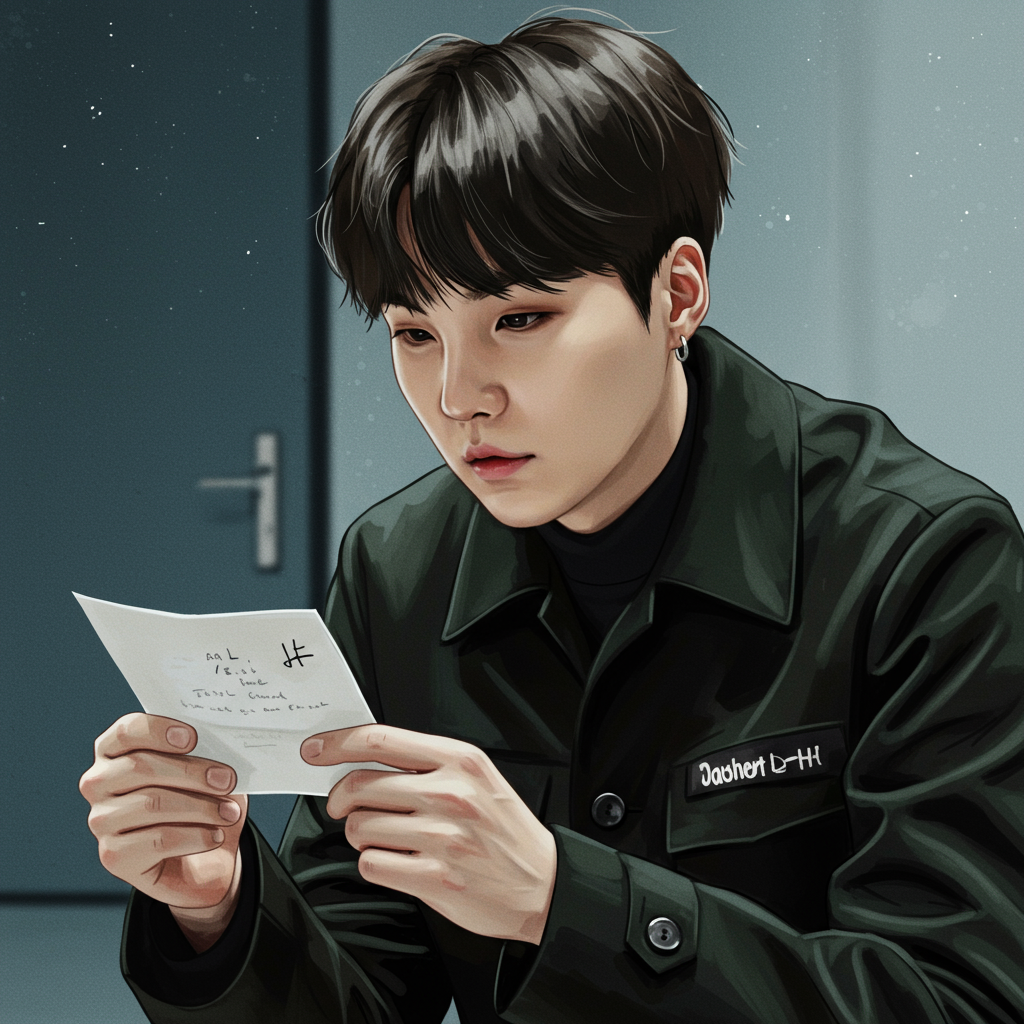Decades before facing serious legal challenges, music mogul Sean “Diddy” combs was entangled in a tragic event that claimed nine young lives. This devastating incident, a fatal stampede at a 1991 charity basketball game in Harlem, resurfaced in public discourse following Combs’ recent legal proceedings. The crushing loss of life at City college of New York remains a painful memory for surviving families and witnesses, raising persistent questions about responsibility and consequence that echo through the years.
The Tragic Night of December 1991
On December 29, 1991, the City College of New York gymnasium became the site of unimaginable horror. Thousands of young people converged on the Harlem campus for the “1st Annual Heavy D & Puff Daddy Celebrity Charity Basketball Game.” Organized by Combs, then an aspiring music producer known as Puff Daddy, and rapper Dwight “Heavy D” Myers, the event was billed as a benefit for AIDS education. Despite the gymnasium’s capacity of 2,730, reports indicate between 3,000 and 4,000 people attempted to gain entry.
This severe overselling created a volatile situation. As crowds surged towards the gym, chaos erupted in a stairwell leading to the entrance. A table reportedly blocked one of the main doors, trapping people. The sheer force of the pushing, shoving mob became overwhelming. Individuals were packed together “like sardines,” as one judge later described it, crushing the life out of young bodies. Survivors recounted scenes of pandemonium, with people screaming, falling, and passing out in the crush.
Nine people, aged 15 to 28, died that night. The city’s chief medical examiner determined the cause of death for each victim was “asphyxia due to compression of the chest.” No broken bones were found, highlighting the brutal force of the human compression. The tragedy stunned New York City and generated national headlines, casting a pall over the promising careers of the organizers.
Legal Battles and Financial Settlements
Although no criminal charges were filed in connection with the City College stampede, the devastating loss of life led to extensive civil litigation. Families of the victims filed wrongful death lawsuits against the organizers and City College. These legal battles dragged on for years, seeking accountability for the preventable tragedy.
In 1998, a state court judge ruled on the distribution of culpability. The judge determined that Sean Combs and Heavy D bore 50% of the responsibility for the deaths and injuries. The remaining 50% of the blame fell on City College. Following this ruling, settlements were reached with the victims’ families. According to the New York State Attorney General’s office, Combs paid approximately $750,000 towards a total settlement amount of $3.8 million shared among the relatives of those who perished. While the civil cases concluded, the emotional and psychological toll on those affected has never fully healed.
Voices from the Tragedy: Enduring Pain
For families like Jason Swain, whose 20-year-old brother Dirk died in the crush, the memories remain agonizingly vivid. Swain recalled being shown a Polaroid photo of his deceased brother that night, a stark and horrifying image among similar photos shown to other grieving mothers. Decades later, Swain expressed the enduring pain and his belief that true accountability is still missing.
“For anything that was done wrong over the years, he’s gonna get his,” Swain stated recently, reflecting on Combs’ subsequent legal issues. He added, “I believe in karma.” For Swain and others, the settlement provided some measure of closure in the legal sense, but it did not erase the fundamental sense that Combs has never fully acknowledged his personal responsibility for the tragic outcome.
Charrisse Miles, who was 21 when she survived the stampede, also continues to carry the trauma of that night. She described the nightmare moments of being caught in the pushing mob and seeing victims being carried out. Miles distinctly remembers seeing Combs and his associates running past her to escape the chaos, seemingly without looking back.
Miles believes Combs, even then a figure of influence, could have used his status to help calm the panicked crowd. Her recent reaction to Combs’ behavior following his own trial verdict – particularly his subtle celebratory gestures – reinforced her feeling that he lacks remorse. Miles described his courtroom reaction as screaming “narcissistic behavior,” suggesting a pattern of prioritizing his own well-being over the harm caused to others. “I feel like from City College up until today,” she commented, “if this was a person of remorse, we should have seen it by now.”
Official Findings and Criticisms
A 1992 report commissioned by then-New York City Mayor David Dinkins investigated the City College stampede. The report highlighted a widespread failure of responsibility among all parties involved. It specifically singled out Combs for leaving critical event planning in the hands of inexperienced associates. The report also accused him of misleading attendees about the genuine charitable nature of the game.
The review concluded that the actions leading up to the event demonstrated “a lack of responsibility” across the board. Furthermore, in his ruling on one of the civil lawsuits, the state court judge was sharply critical of the circumstances surrounding the fatal crush. He cited testimony from a police officer who witnessed Combs and associates near the blocked door with money in their hands, raising questions about Combs’ claim of being caught in the melee and trying to help. The judge wrote that it did not require “an Einstein” to predict that an oversold event featuring a popular rap artist would lead to crowd control issues. He added that blocking the door effectively created a “dike,” forcing people together and tragically “squashing out life’s breath.”
A Pattern of Controversy?
The City College stampede in 1991 marked an early instance where Sean Combs’ career navigated significant legal challenges and public scrutiny, yet continued its ascent. Years later, he was acquitted on gun possession and bribery charges stemming from a 1999 nightclub shooting. His ability to overcome these legal hurdles has been a recurring theme throughout his meteoric rise in the music and business worlds.
The recent, highly publicized sex trafficking trial against Combs brought renewed attention to his history of legal entanglements. While acquitted of the most serious charges, including racketeering conspiracy and sex trafficking, he was convicted on two counts of transportation to engage in prostitution. This recent trial, with its dramatic courtroom moments, inevitably drew comparisons for some, like Jason Swain and Charrisse Miles, to the earlier tragedy and their long-held feelings about Combs’ accountability.
Combs’ Past Statements
In the wake of the City College tragedy and during the subsequent lawsuits, Sean Combs did address the event publicly. He was quoted in 1998 as saying, “City College is something I deal with every day of my life.” He added, “But the things that I deal with can in no way measure up to the pain that the families deal with. I just pray for the families and pray for the children who lost their lives every day.”
Years later, on his 1997 Grammy-winning album “No Way Out,” Combs included a brief acknowledgment of the victims in the song “Pain.” The lyrics state:
“To the City College deceased, may you rest in peace
To the families, I never meant to cause no pain
I know the truth, but if you want, then I shoulder the blame.”
Despite these public acknowledgments and lyrics, individuals directly impacted by the stampede, such as Jason Swain and Charrisse Miles, feel that Combs has consistently evaded genuine, full responsibility. Swain described the victims as being “tucked under a rug and left voiceless” because no one seemed to speak for them.
Linking Past and Present
The timing of the CNN article, published shortly after Sean Combs’ recent trial verdict, underscores how his history of legal issues continues to draw scrutiny. For those directly affected by the 1991 stampede, the recent trial was not just about new allegations, but also a painful reminder of a past tragedy where they feel justice and accountability were incomplete. The contrasting images – the chaos of 1991 and the courtroom reactions of 2025 – highlight the long shadow cast by the City College event over Combs’ public life and the persistent grief of the families and survivors.
Frequently Asked Questions
What was the City College stampede incident involving Diddy?
The City College stampede occurred on December 29, 1991, during a charity basketball game organized by Sean “Diddy” Combs (then known as Puff Daddy) and Heavy D at City College of New York in Harlem. The event was severely oversold, with thousands attempting to enter a gymnasium designed for far fewer people. This led to a dangerous crush in a stairwell near a blocked door, resulting in a fatal stampede where nine young attendees died from asphyxia.
What was Sean Combs’ role and responsibility in the 1991 City College tragedy?
Sean Combs was a key organizer of the event. A 1992 report criticized him for inadequate planning, leaving arrangements to inexperienced individuals, and potential misleading of attendees. While not criminally charged, a judge in later civil lawsuits found Combs and Heavy D 50% responsible for the deaths and injuries, with the college bearing the other half. Combs contributed to a multi-million dollar settlement paid to victims’ families.
How did the 1991 City College stampede impact the victims’ families and survivors?
The impact was devastating and remains so decades later. Families experienced the tragic loss of loved ones, enduring lengthy civil lawsuits. Survivors suffered physical and emotional trauma. Many, like Jason Swain and Charrisse Miles, still feel that Sean Combs has not taken full personal responsibility for the preventable deaths, viewing his past statements and actions as insufficient acknowledgment of their enduring pain and loss.
In conclusion, the tragic 1991 City College stampede stands as a devastating chapter in Sean Combs’ history, long predating his more recent legal controversies. The event’s human cost, detailed in official reports and civil court findings, continues to weigh heavily on the families and survivors, who feel that full accountability for the nine preventable deaths has yet to be truly accepted by all parties involved. The memory of that night serves as a stark reminder of the critical importance of safety and responsibility in event planning, particularly when large crowds are involved.



